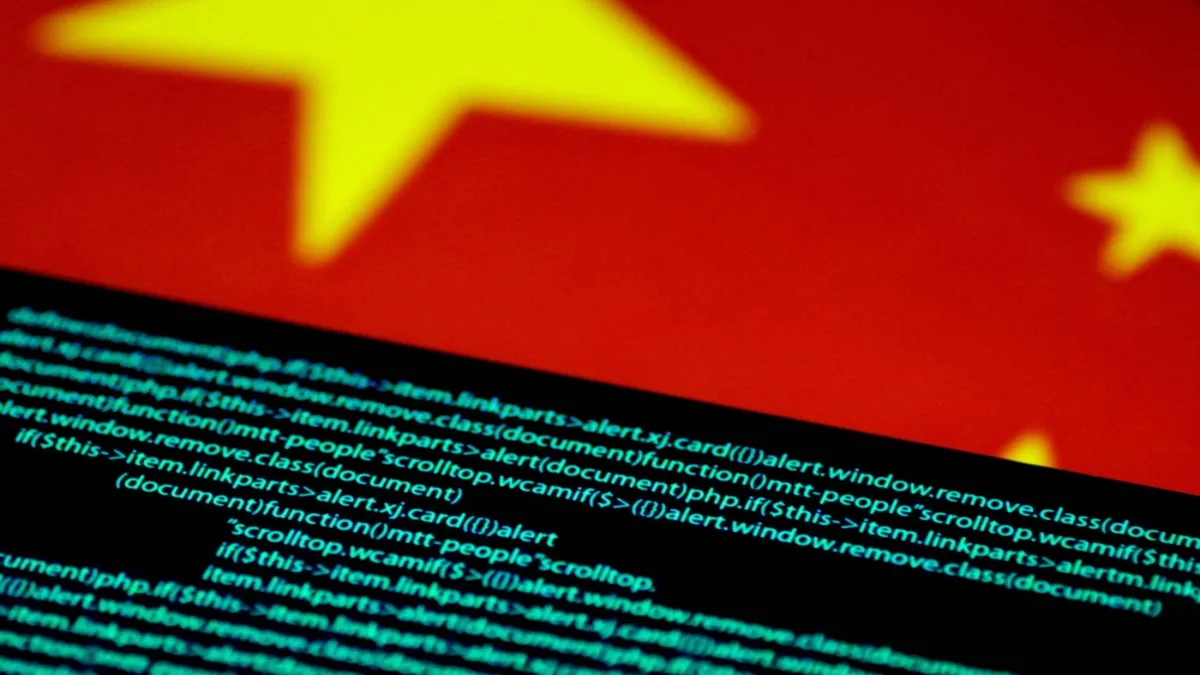
Advertisement
In the ever-evolving landscape of cyber warfare, the emergence of Operation Volt Typhoon has sent shockwaves through the cybersecurity community. This China-backed cyber espionage group has embarked on a sophisticated and stealthy campaign, systematically targeting legacy Cisco devices. The implications of this operation extend far beyond the digital realm, posing a significant threat to global cybersecurity and underlining the need for heightened vigilance in defending against state-sponsored cyber-attacks.
Operation Volt Typhoon represents a concerted effort by Chinese hackers to systematically exploit vulnerabilities in legacy Cisco devices. Cisco, a leading provider of networking hardware, has a vast footprint globally, making its older, unsupported devices prime targets for cyber adversaries seeking to exploit security weaknesses. Volt Typhoon’s approach is characterized by a meticulous and systematic effort to compromise these devices, effectively growing its attack infrastructure.
What sets Volt Typhoon apart is its commitment to stealth and sophistication. The cyber espionage group operates with a high degree of discretion, avoiding detection by leveraging advanced tactics and techniques. By targeting legacy Cisco devices, the hackers exploit known vulnerabilities for which security updates and patches are no longer available, making these devices susceptible to infiltration. This covert strategy allows Volt Typhoon to maintain a persistent presence in compromised networks while remaining largely undetected.
One of the primary objectives of Operation Volt Typhoon is to expand its attack infrastructure systematically. By compromising legacy Cisco devices, the hackers gain a foothold in networks that may extend across various sectors, including government, finance, and critical infrastructure. This strategic positioning enables Volt Typhoon to conduct espionage, exfiltrate sensitive information, and potentially disrupt targeted systems, all while remaining hidden in the digital shadows.
The systematic targeting of legacy Cisco devices by Volt Typhoon carries significant global implications. As organizations and governments around the world rely on Cisco’s networking solutions, the compromise of these devices poses a threat to the integrity and security of critical systems. The potential access gained by Volt Typhoon could lead to unauthorized access to classified information, intellectual property theft, and even the disruption of essential services.
Defending against Operation Volt Typhoon requires a multi-faceted and proactive approach. Organizations must prioritize the identification and mitigation of vulnerabilities in legacy Cisco devices, even as they transition to more secure and up-to-date solutions. Collaboration between cybersecurity experts, government agencies, and private-sector entities is crucial to sharing threat intelligence and developing effective countermeasures against this and similar cyber-espionage campaigns.
Operation Volt Typhoon stands as a stark reminder of the persistent and evolving nature of cyber threats in the 21st century. As state-sponsored actors like China-backed hacking groups continue to employ advanced tactics, organizations and governments must adapt their cybersecurity strategies to safeguard against potential infiltration and attacks. The battle for digital security is ongoing, and Operation Volt Typhoon serves as a call to action for the global community to fortify its defenses and stay one step ahead in the face of increasingly sophisticated cyber adversaries.
